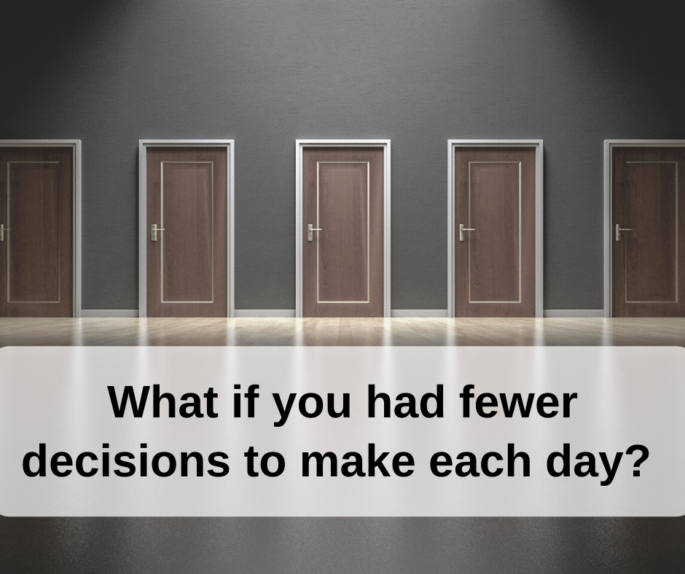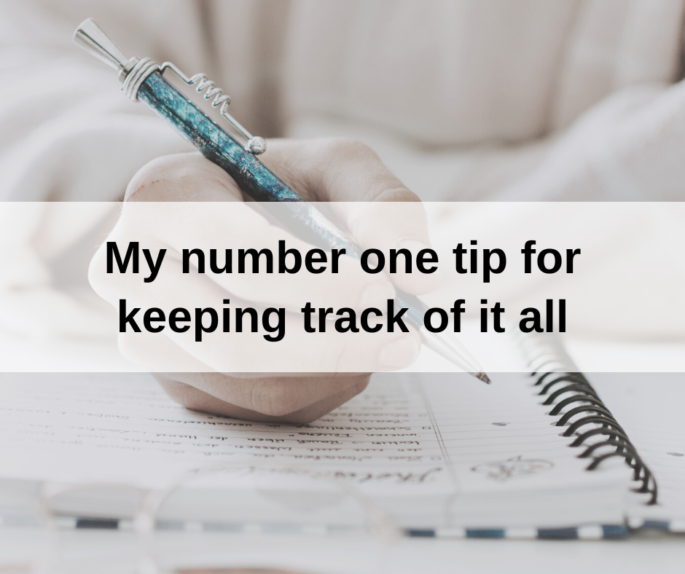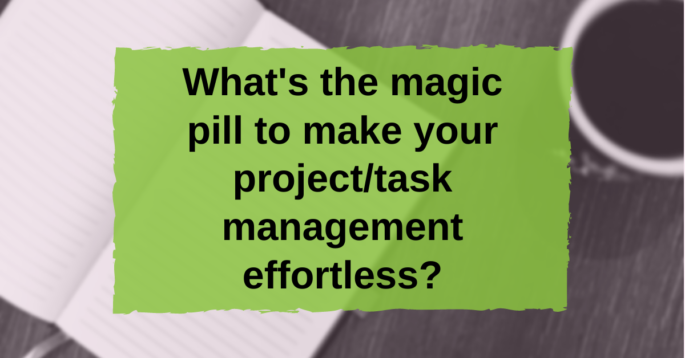What if you had fewer decisions to make each day?
How would that feel?
Would you get more done?
How many times throughout your day are you sitting at your desk deciding what needs to happen next? Only to do it again when you complete that task. You have to mentally go through all of the things that have to happen. And it can be exhausting.
Instead, create that to-do list so that you know what you need to work on next, and you don’t have to make that decision each time you’re ready to move on to a new task.
I’ve had clients tell me that they were surprised at how much smoother their day went with a good to-do list. They didn’t need to try to remember what the next thing was that they needed to get done. They had the next task written down already. The decision was already made.
So create your to-do list!
And if you want to make sure you set up your to-do list to tie in with your goals for the month, the quarter, and the year. I invite you to attend the free training I am doing at the end of April. It’s called Plan Prioritize Profit: The Three Keys to Getting the Right Things Done Each Day. In this training, I will be talking about to-do lists and sharing my framework for how to set them up in a way that allows you to make fewer decisions.
If you prefer listening/watching, you can catch this on YouTube or in my free FB group.





